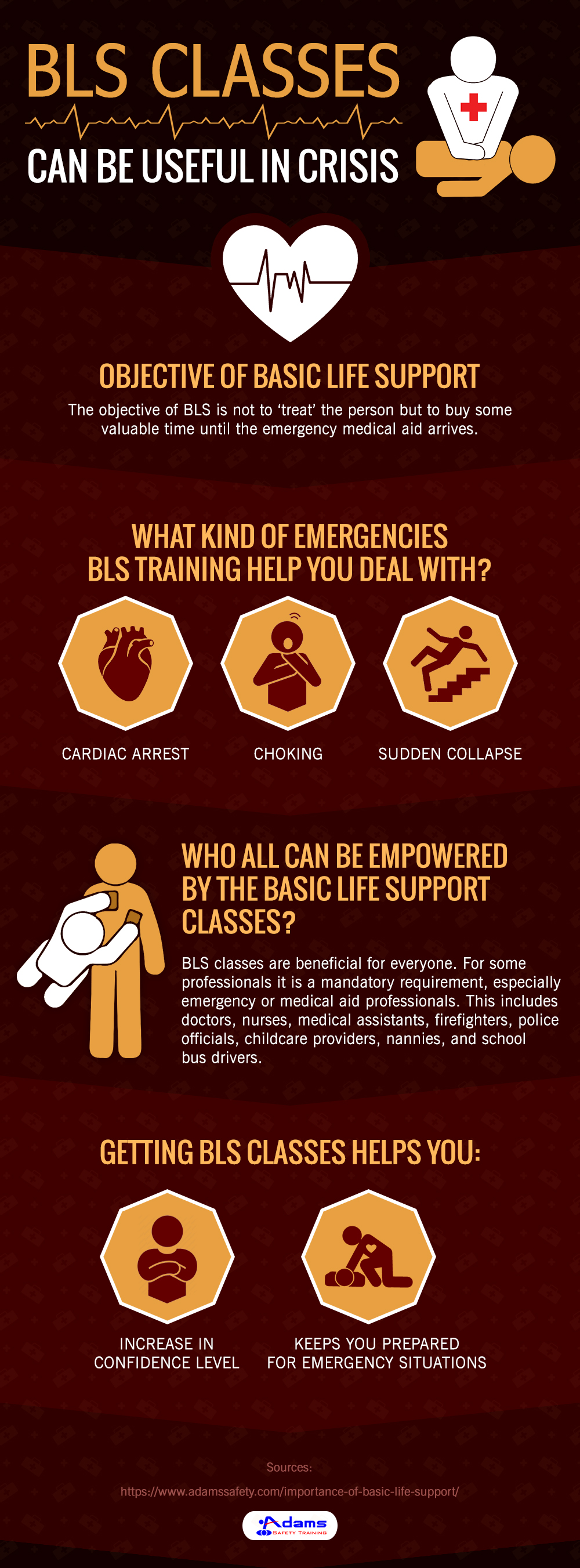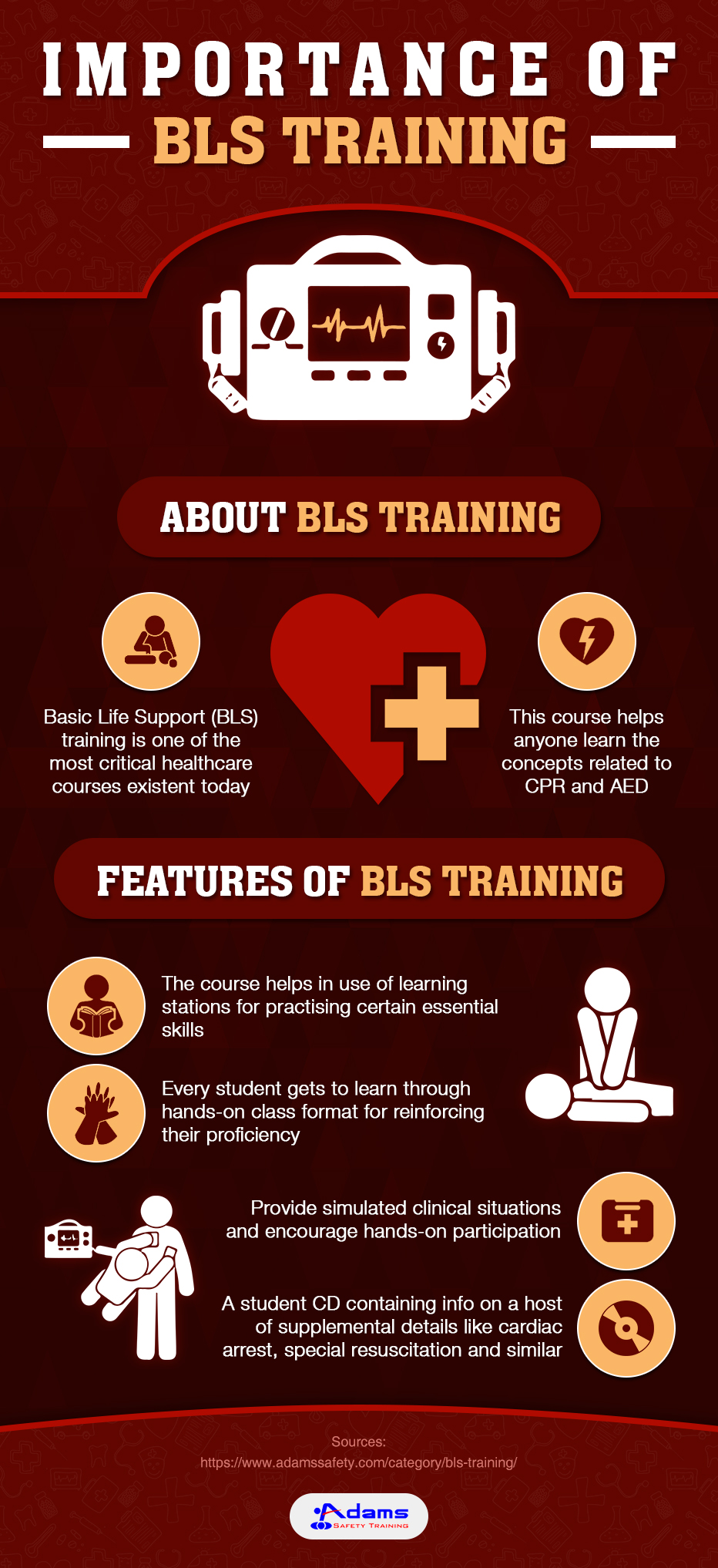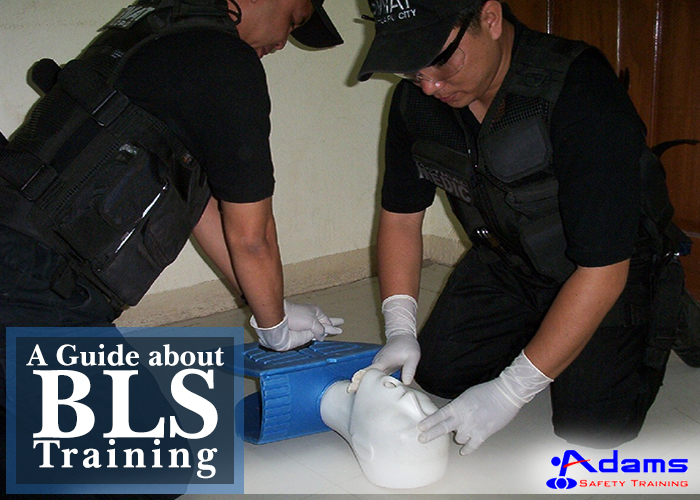In our daily lives, each day we find numerous events which can result in some serious injury which can also lead to a pause in breathing. In order to save a person from these serious conditions, proper first aid treatment and assistance is required. Such occurrences need fast action and response along with a person having the capability to provide helpful assistance.
There are several courses and training classes where BLS Certification Classes as per the regulations of AHA curriculum. It is good to undertake training in BLS because getting trained about basic life support or BLS helps you in several situations. Here are the reasons why undertaking BLS classes is a good move:
- Increase in the confidence level: Owning confidence is very important especially if you are dealing in professions like medical. The BLS training helps you to have confidence in yourself so that you can act quickly without eating any time. Moreover, the training also reduces the amount of hesitation while treating the emergency situations. Due to the training, you will have the feeling of security in yourself which will help you make decisions regarding the actions.
- Keeps you prepared always: With proper BLS training, you inculcate the habit of being prepared for all kinds of situations. The knowledge and experience which you gain from these classes will allow you to provide help and assistance to others both at your workplace as well as outside. The training courses prepare the trainee to handle all sorts of situations starting from choking to critical head injuries
- Makes a better impression: While seeking for an employment in any of the fields, your certificate of BLS will help you to make an impression. This is so because employers are more favorable towards the applicants who are certified and have the capability to perform the basic first aid treatments in need.








